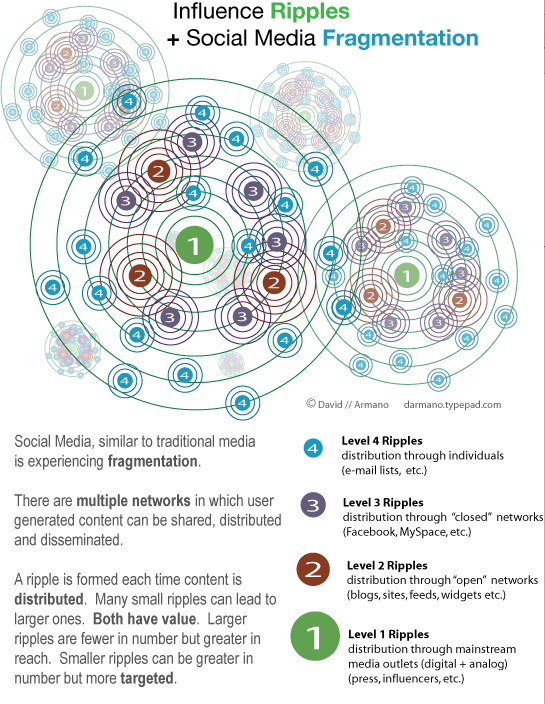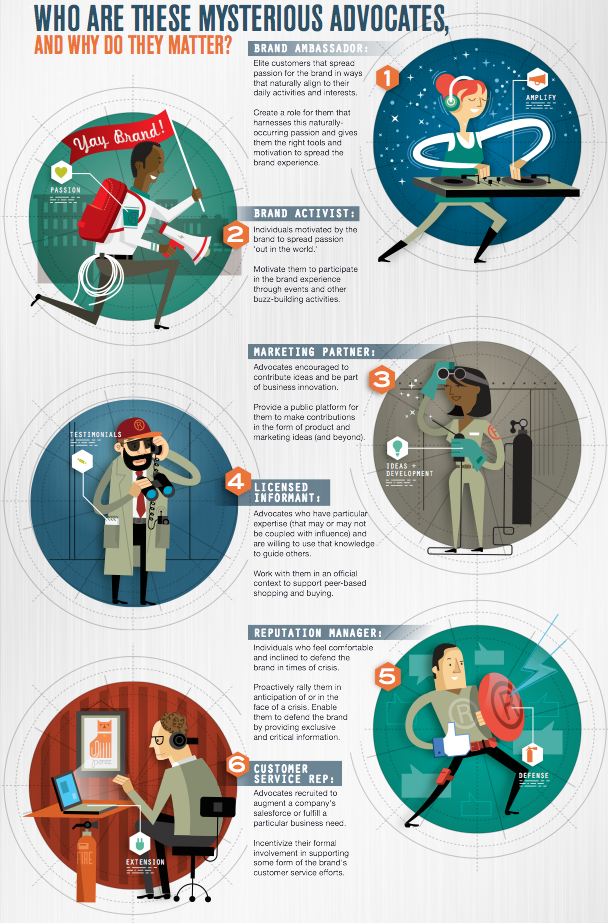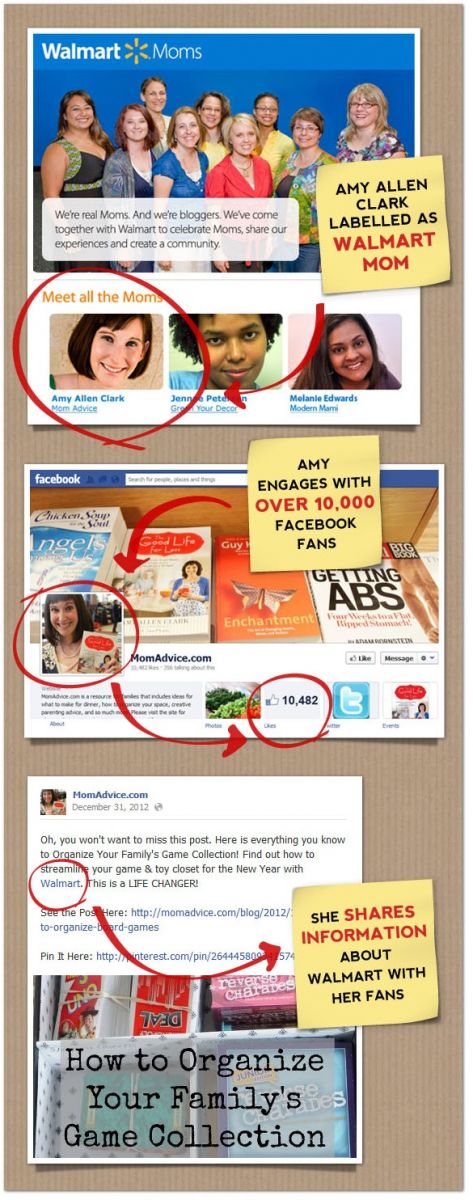By adaptive - February 27th, 2013
In the third in our series on brand advocacy, we look at how to leverage the brand advocates you've accrued for more influence, reach and consumer engagement.
- Connectors: These are advocates who know lots of other people, and who are at the heart of a large and diverse social group.
- Mavens: These are the "information specialists" who find things out and use that knowledge to help others by “sharing and trading what they know.”
- Salesmen/Saleswomen: These are the persuaders - the sort of people who can make others agree with their opinion, and who take personal pleasure from doing so.
Persuading others to share their passion

Taking brand advocacy to the next level: the online community

Next Reads
June 2014, New York
Become a social business: For superior marketing response, sharper corporate decision-making, enhanced innovation and a happier, more loyal customer
Brochure Programme

